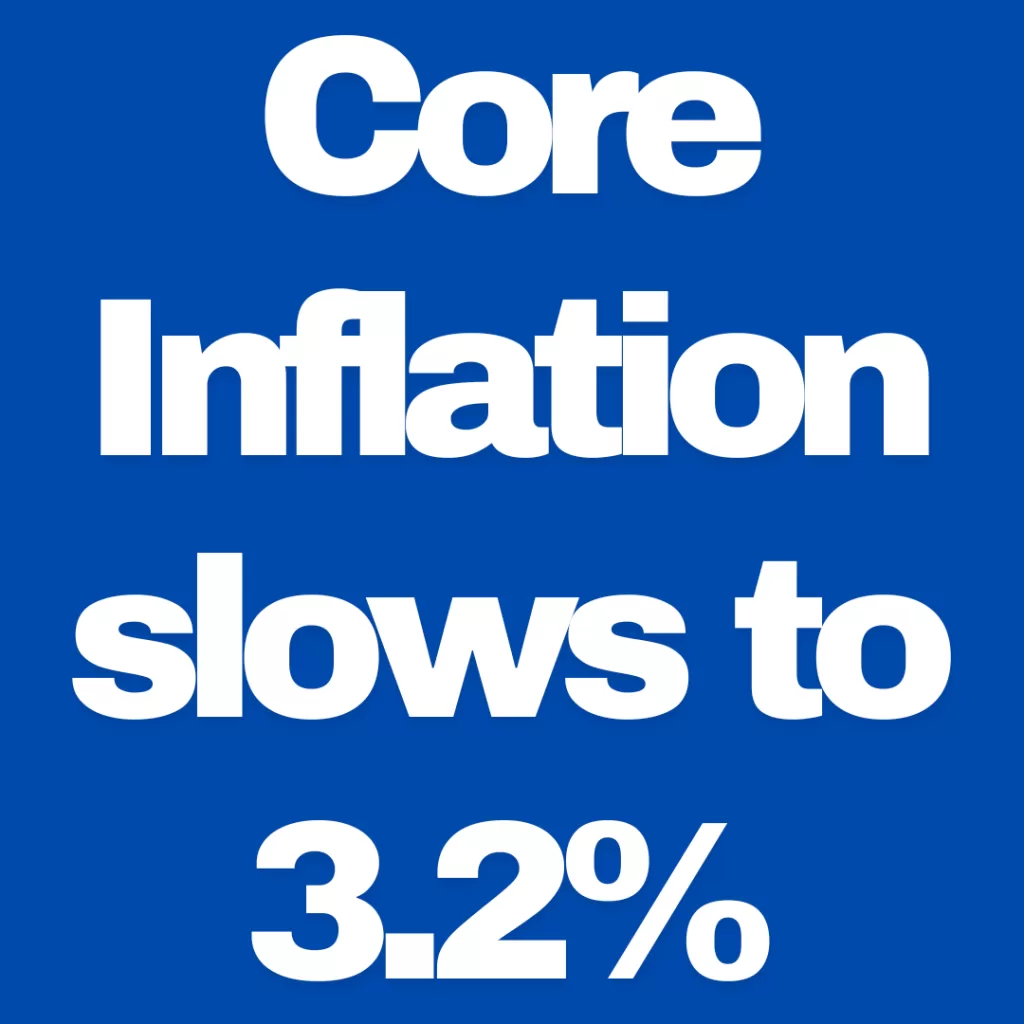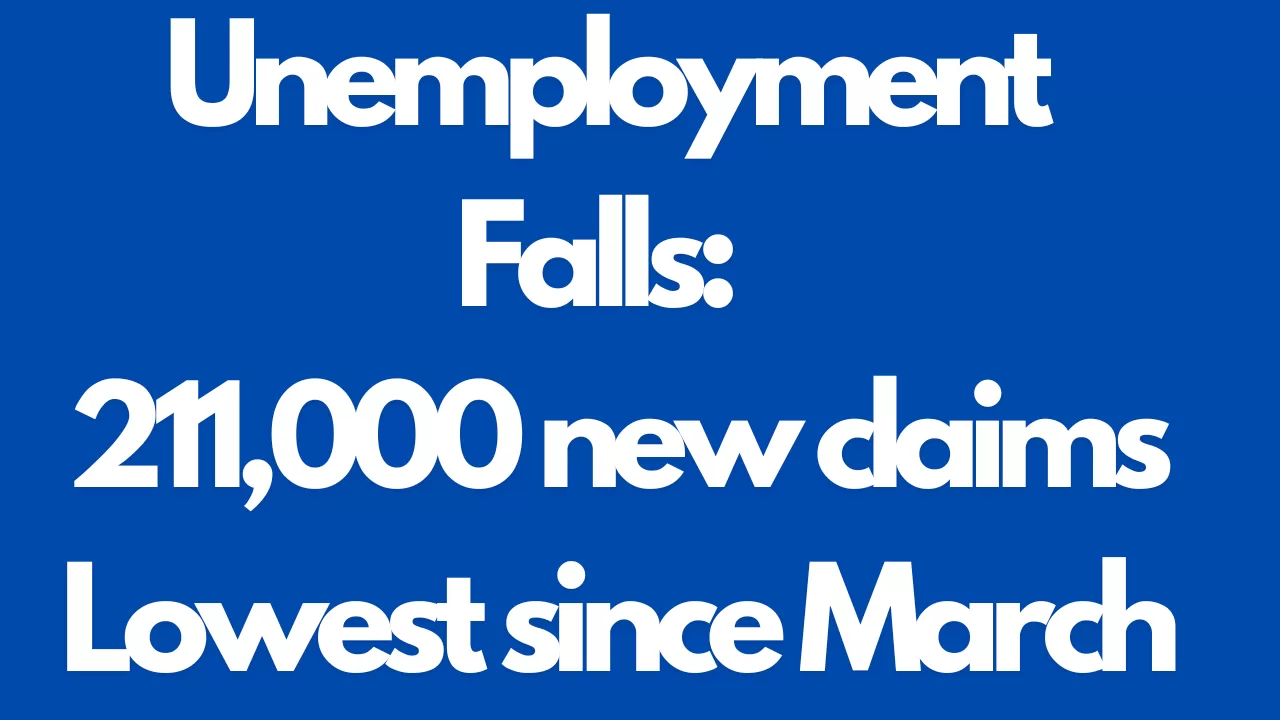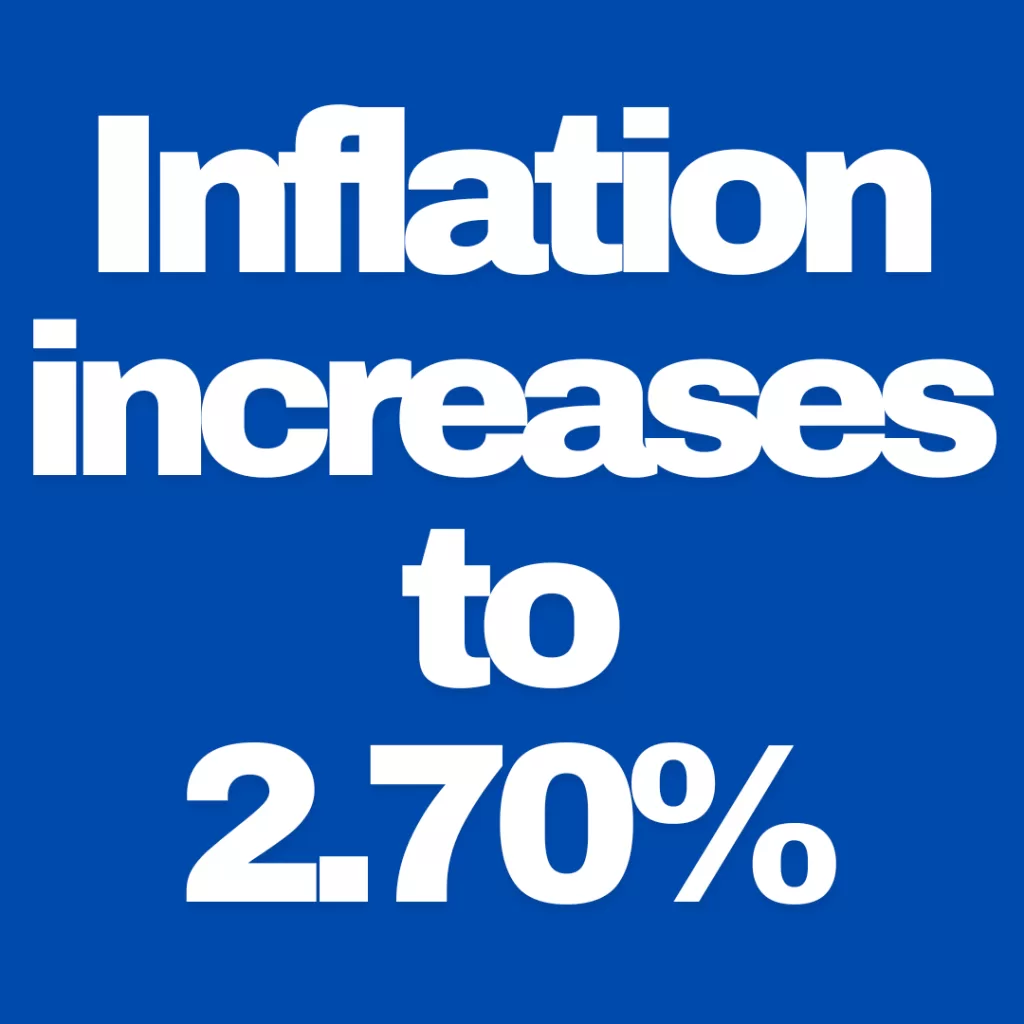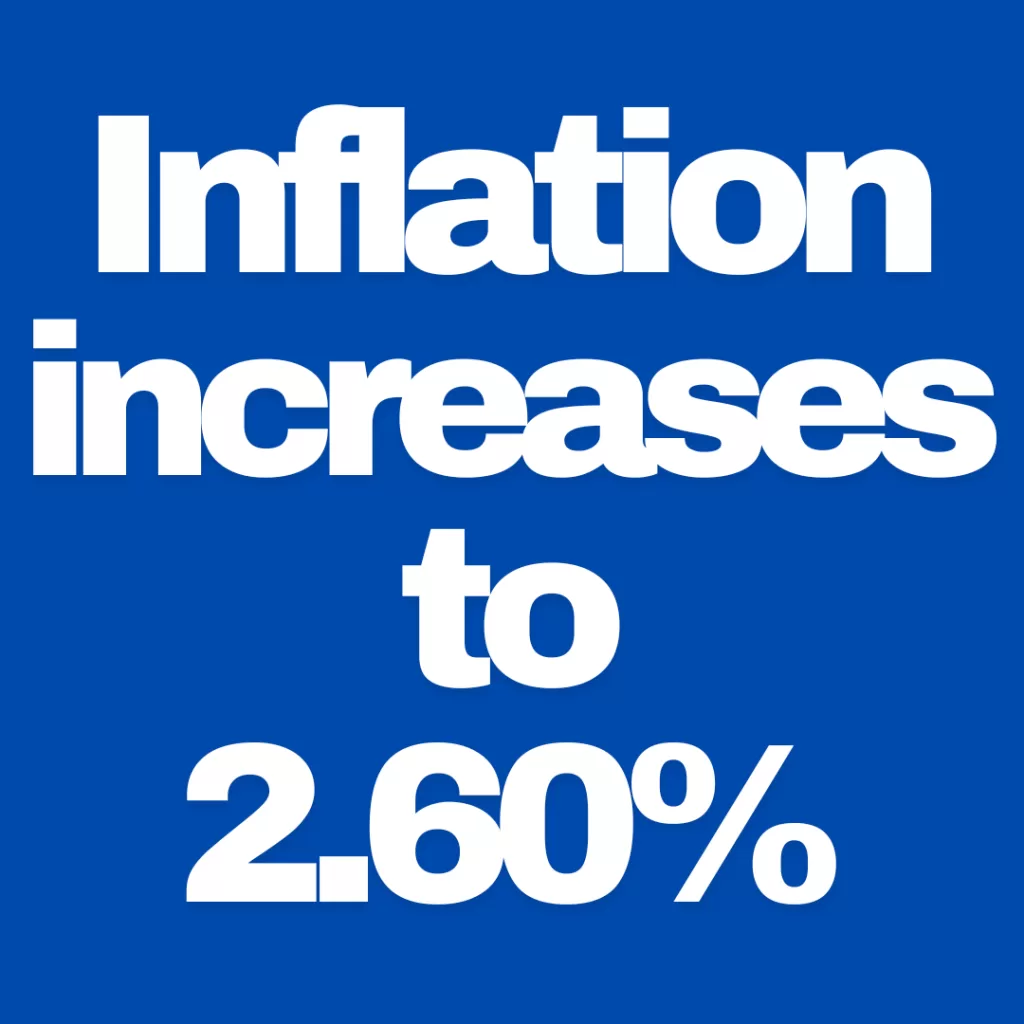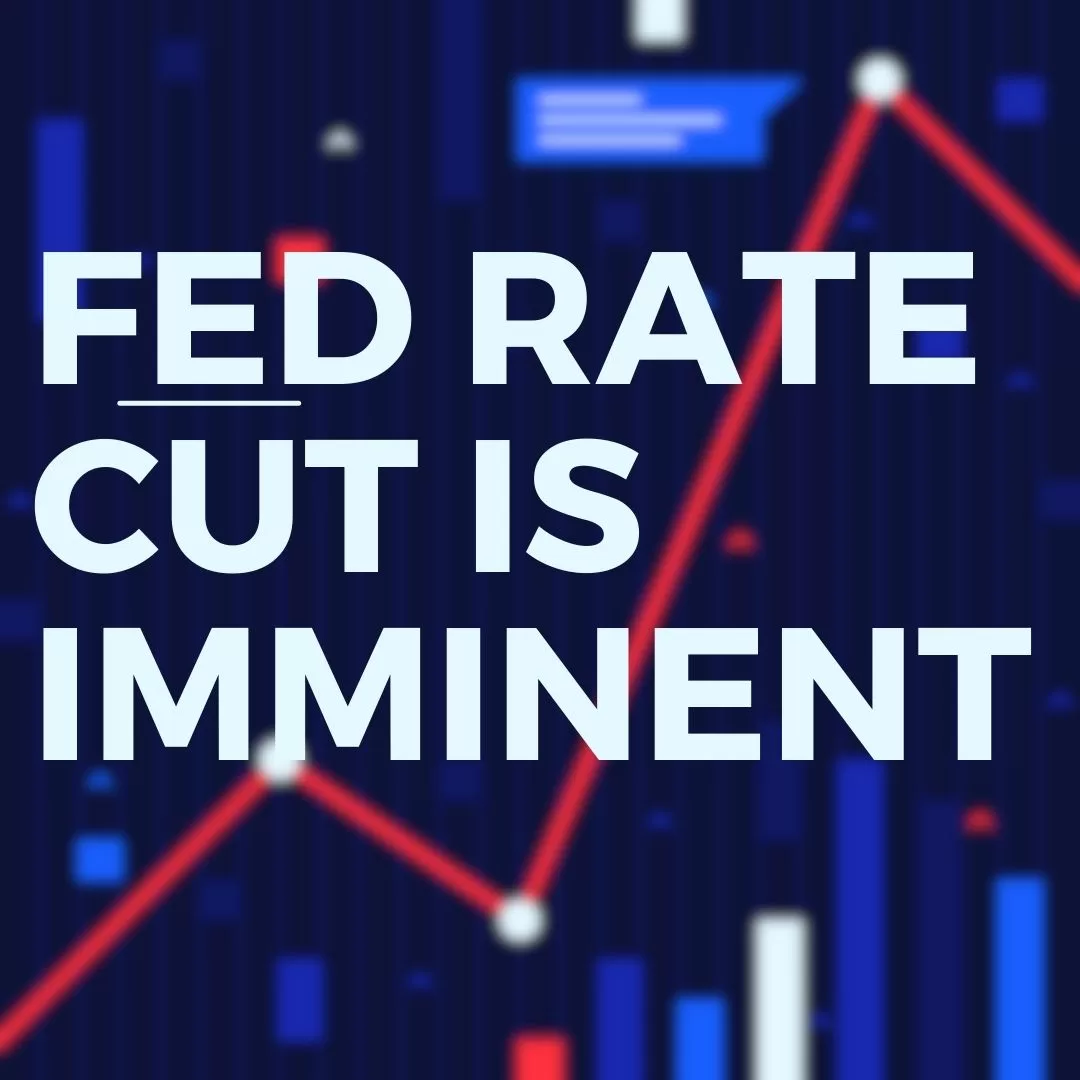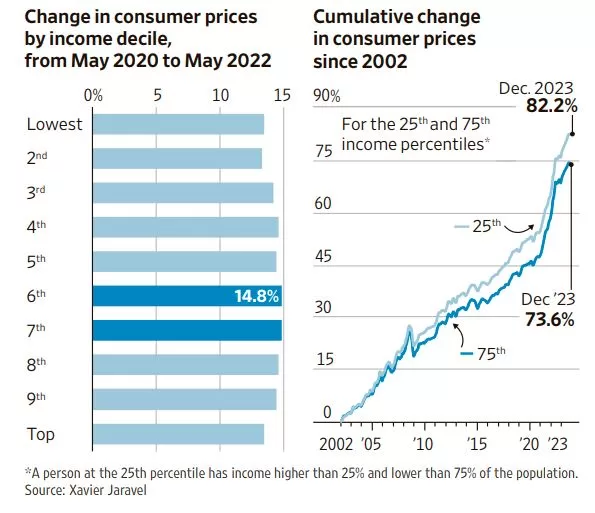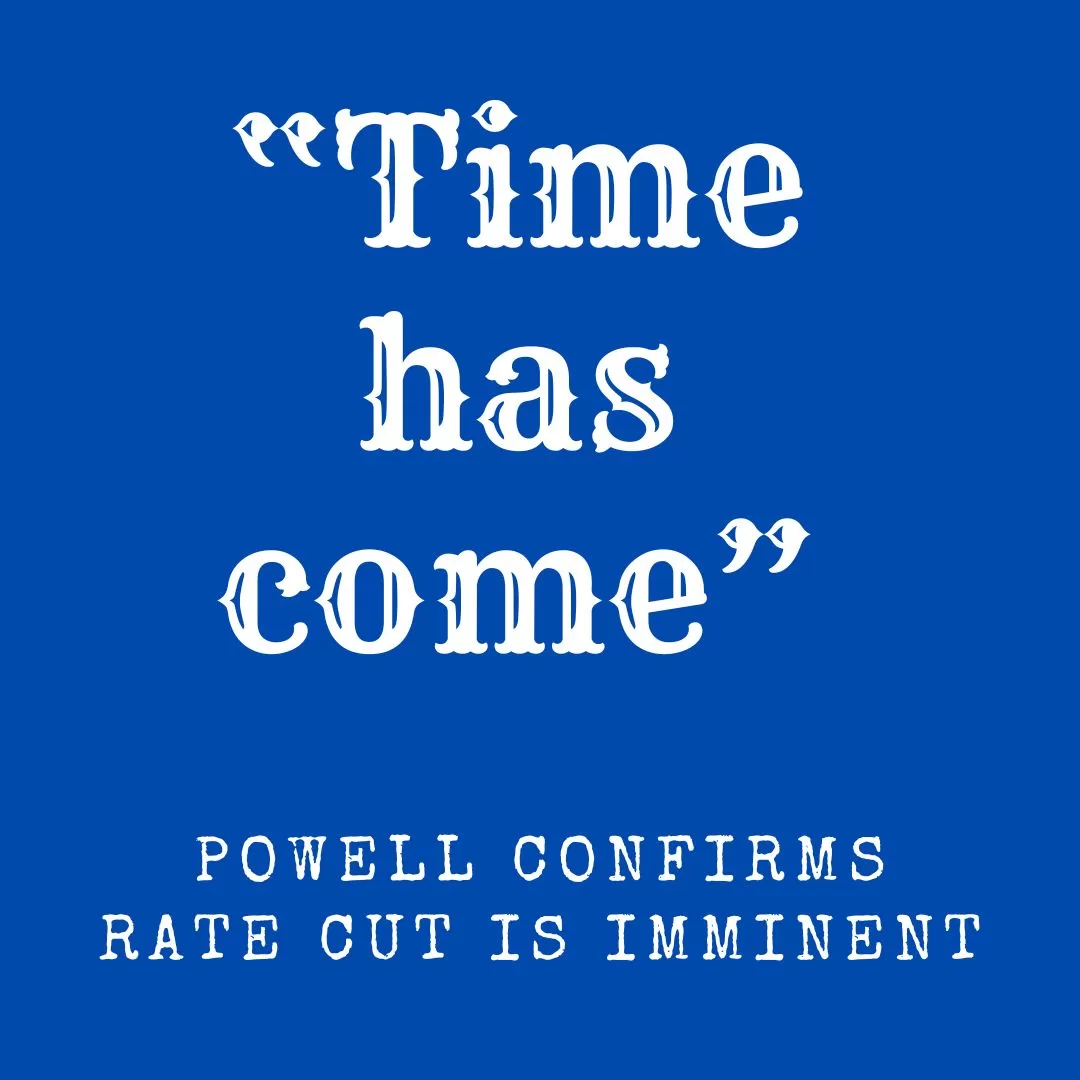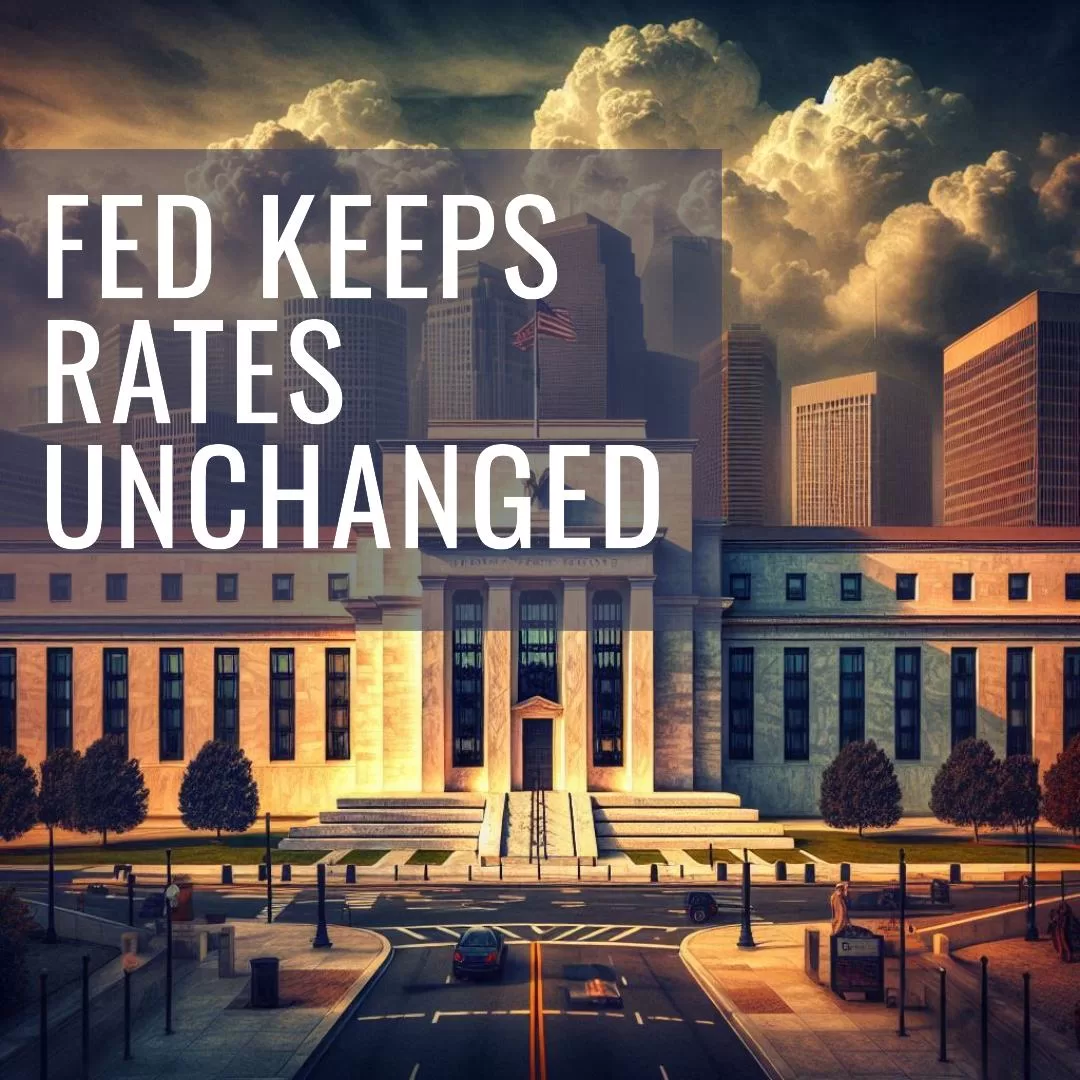Mortgage Rates Surpass 7% – What’s the impact on the greater economy?
The mortgage market reached a pivotal moment recently, with the average 30-year fixed mortgage rate surpassing 7% for the first time in over two decades. This development has profound implications for both the housing market and the broader economy, as it signals a shift in affordability, consumer behavior, and economic momentum.

A Shock to Affordability
Rising mortgage rates have significantly increased the cost of borrowing for prospective homebuyers. For context, a 1% increase in mortgage rates can add hundreds of dollars to a monthly payment, depending on the loan amount. For example, a $400,000 loan at a 6% interest rate would incur a monthly principal and interest payment of approximately $2,398. With a 7% rate, that figure jumps to $2,661—a difference of $263 per month, or over $3,100 annually.
This dramatic rise has effectively priced many buyers out of the market, particularly first-time homeowners who often lack substantial savings for larger down payments. The result is a cooling of demand, evidenced by declining home sales and growing inventories in many regions.
Effects on the Housing Market
The housing market, a bellwether for economic health, is showing clear signs of stress. Home prices, which surged during the pandemic due to low rates and high demand, are beginning to plateau or even decline in some areas. Sellers are increasingly offering concessions, such as closing cost assistance, to entice hesitant buyers.
However, the impact varies by region. In high-demand urban areas, prices remain relatively stable due to supply constraints. Conversely, in markets where inventory is more abundant, prices have softened as sellers compete for a shrinking pool of buyers.
Additionally, the rental market has become a pressure valve for displaced would-be homeowners. Higher mortgage rates have forced many to remain renters longer, driving up rental demand and prices, particularly in urban centers.
Broader Economic Implications
The implications of rising mortgage rates extend beyond housing. Residential construction, a significant driver of economic activity, has slowed. Builders face reduced demand for new homes, leading to fewer housing starts and layoffs in construction-related industries. Supply chain disruptions and inflationary pressures further compound these challenges.
Consumer spending—a critical engine of the U.S. economy—is also affected. Home purchases often lead to significant ancillary spending, from furniture and appliances to renovations. A slowdown in homebuying can dampen these related industries, creating a ripple effect through the economy.
The Role of the Federal Reserve
The Federal Reserve’s efforts to combat inflation have been a key driver of rising mortgage rates. By increasing the federal funds rate and signaling further tightening, the Fed has indirectly influenced the bond market, pushing yields higher and, in turn, raising mortgage rates. While these measures aim to curb inflation, they also risk dampening economic growth.
What Lies Ahead
Looking forward, the trajectory of mortgage rates will largely depend on inflation trends and the Federal Reserve’s monetary policy. If inflation begins to moderate, there may be room for rates to stabilize or even decline. However, continued economic uncertainty and geopolitical tensions could sustain upward pressure on borrowing costs.
For prospective buyers, the current environment underscores the importance of financial preparedness and adaptability. Locking in rates, considering adjustable-rate mortgages, or exploring down payment assistance programs are strategies that can help navigate this challenging landscape.
Conclusion
The surpassing of the 7% threshold for mortgage rates marks a turning point for the housing market and the economy at large. While challenges abound, they also present opportunities for recalibration and innovation within the real estate sector. Policymakers, businesses, and consumers alike must adapt to this evolving financial landscape, ensuring resilience in the face of changing economic conditions.

